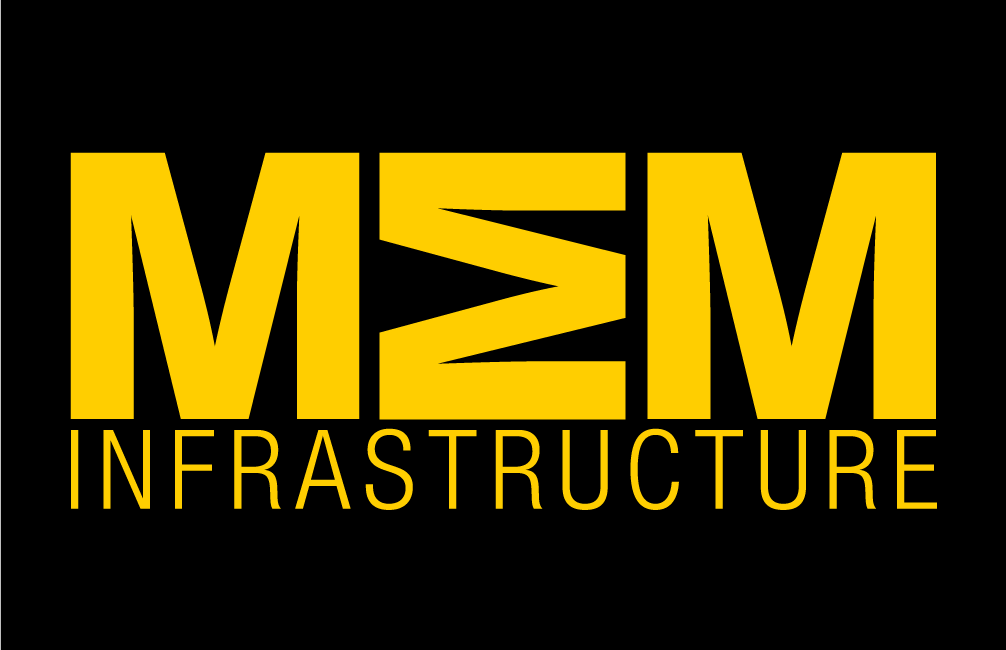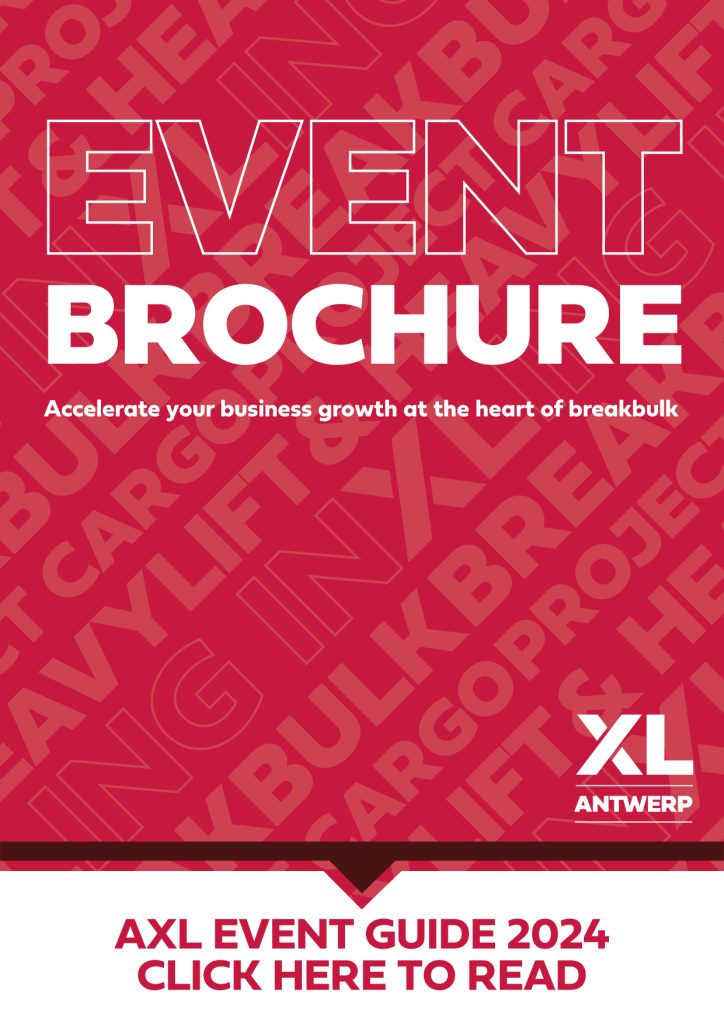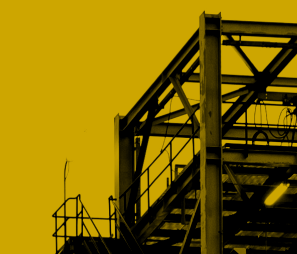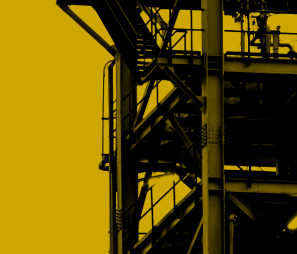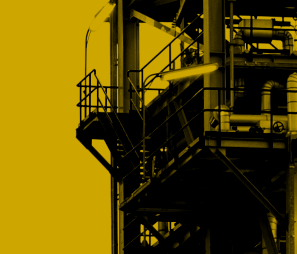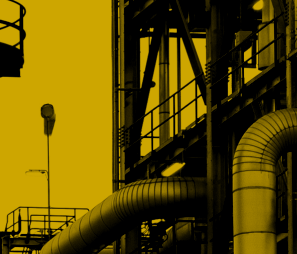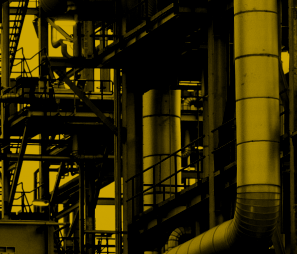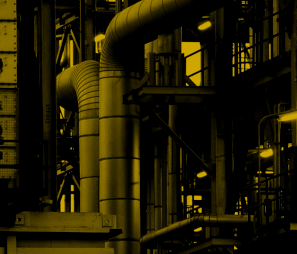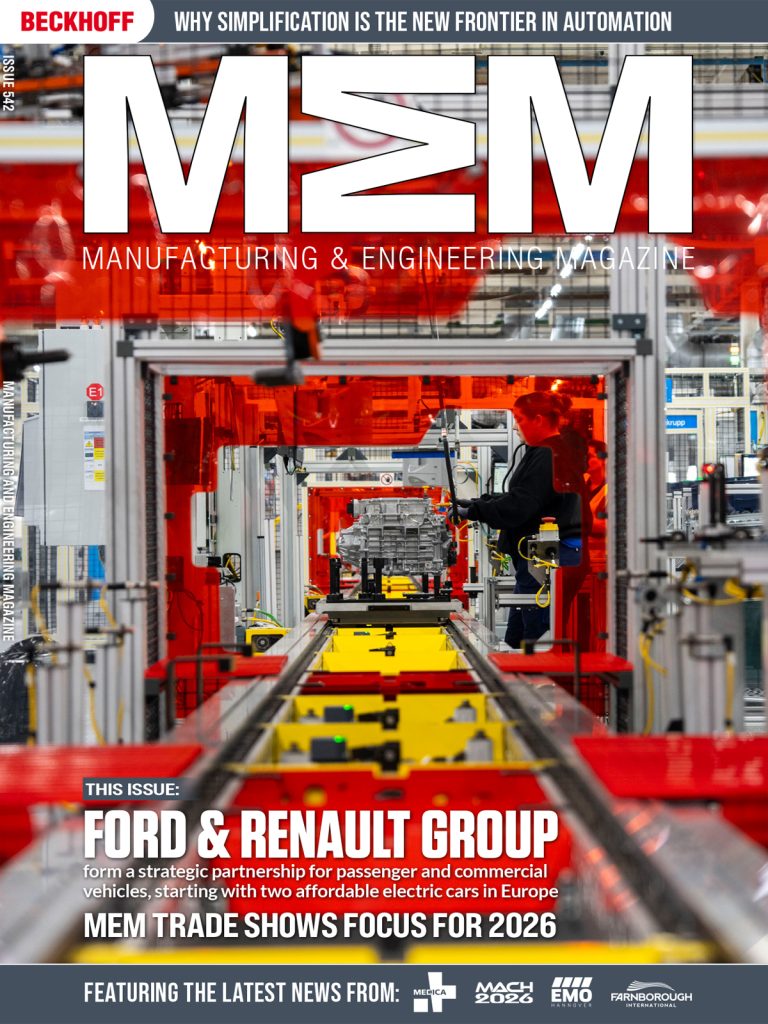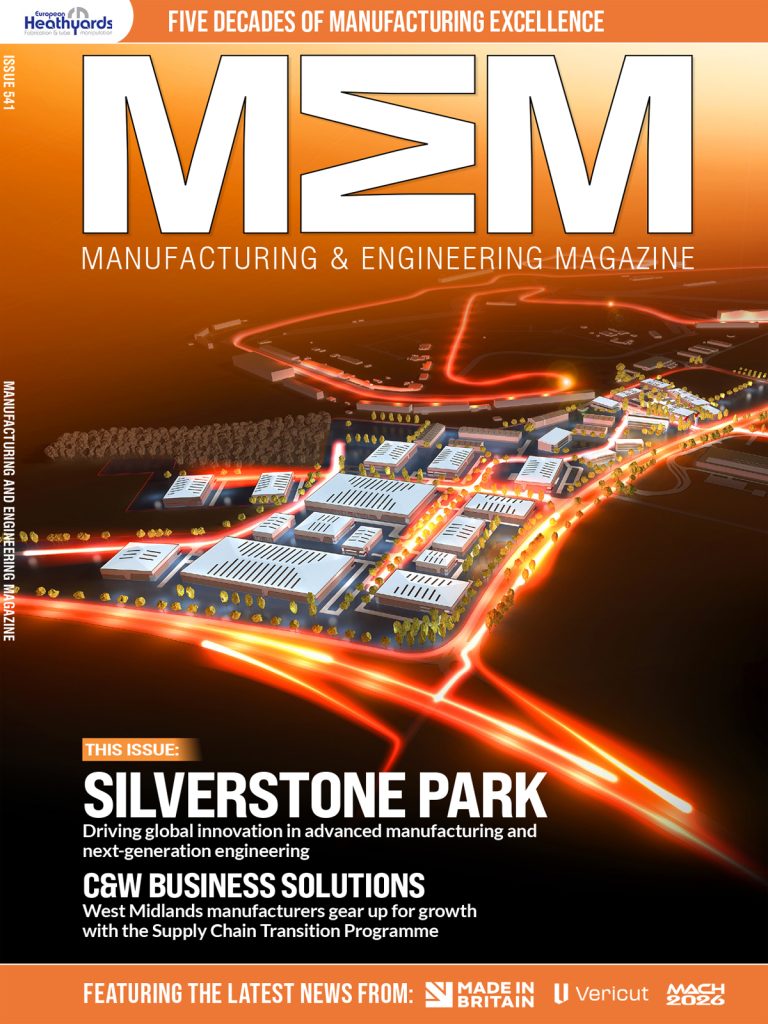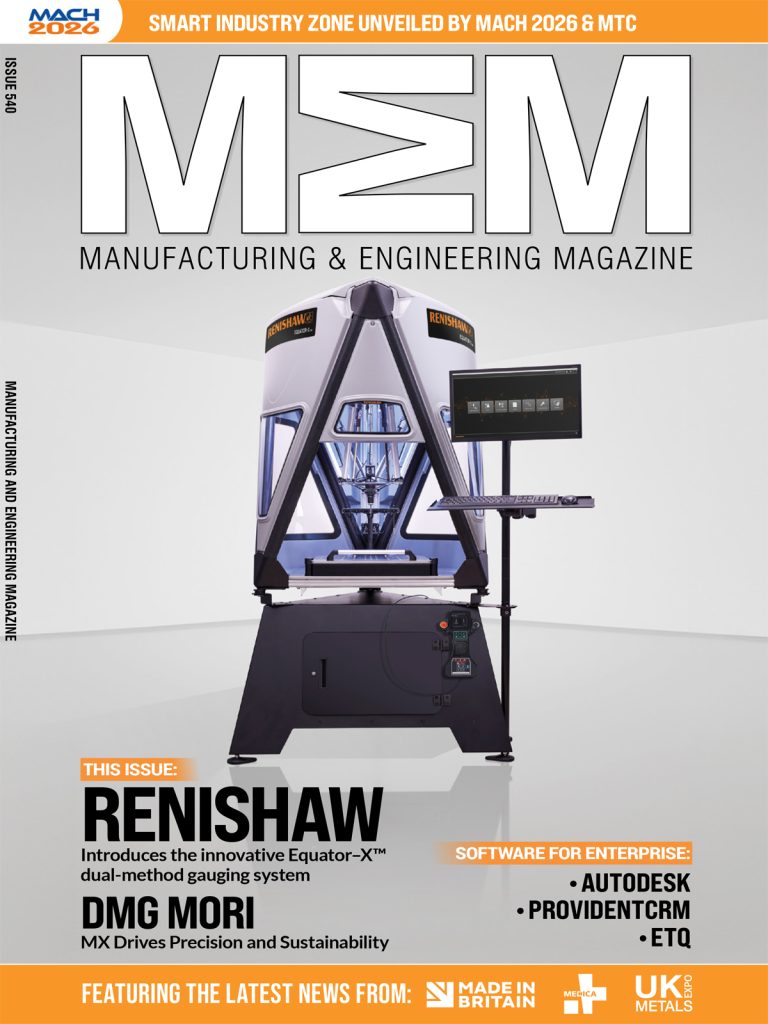Stainless steel remains one of the most trusted materials in industrial design, and for good reason. Known as INOX, it combines strength, resistance to corrosion, and hygiene in a way that makes it indispensable across sectors where performance can’t be compromised.
Elesa has built a broad range of INOX components for use in environments that demand durability, from pharmaceutical plants and food processing lines to marine platforms and chemical facilities. The material’s resilience in the face of moisture, chemical exposure, and frequent cleaning makes it a reliable workhorse, especially in regulated or remote settings.
A food production facility recently transitioned to INOX fittings across its conveyor and packaging systems, aiming to improve compliance with hygiene protocols. The switch yielded measurable results: contamination risks flagged during inspection fell by 40%, and downtime linked to part degradation was significantly reduced. In the pharmaceutical space, where sterility is paramount, a similar shift helped extend component lifespan while maintaining GMP compliance.
Marine engineers have long relied on INOX to counter the corrosive effects of saltwater and humidity. A maintenance contractor working across offshore vessels reported a 50% increase in hardware longevity after replacing coated steel with stainless steel alternatives. Chemical processors, too, face continuous exposure to aggressive substances. One plant replaced its fasteners, clamps, and pipe supports with Elesa’s INOX parts and cut annual replacement costs by more than a third.
For engineers and procurement leads weighing whether stainless steel justifies the investment, the material offers a clear set of advantages:
- Corrosion resistance: withstands exposure to moisture, chemicals, and saline environments
- Mechanical strength: handles significant loads without deformation
- Temperature tolerance: remains stable in extreme heat or cold
- Low maintenance: reduces the need for frequent inspections or part replacement
- Hygienic surface properties resist bacterial growth and support sterilisation protocols
In high-spec sectors such as aerospace and automotive, INOX components are used in fasteners and structural supports to deliver consistent performance under vibration and mechanical stress. An aerospace engineering firm that transitioned to stainless steel elements reported improved assembly reliability and reduced quality control interventions. In architecture, the appeal of stainless steel is both functional and aesthetic. Its weather resistance and sleek finish make it ideal for exposed handrails and structural details. A commercial building project using INOX handrails reported lower upkeep costs while preserving its design aesthetic over time.
Elesa’s product line includes everything from latches and hinges to adjustable feet, plugs, and clamping levers. In one case, a chemical manufacturer experiencing frequent downtime due to corroded parts switched to Elesa’s INOX-certified range. The result was a 45% reduction in reactive maintenance and improved audit readiness.
Stainless steel isn’t a new material, but its relevance in modern manufacturing and infrastructure continues to grow. With tightening hygiene standards, harsher production environments, and a demand for longer-lasting components, INOX remains a dependable choice. And for many engineers, reliability begins not with the largest systems, but with the smallest parts, built to last.
Manufacturing & Engineering Magazine | The Home of Manufacturing Industry News


